Wine Enthusiast |
- Ancient Amorphae and Island Vines: Five Alternatives to Western European Wine Vacations
- ‘Sunshine in a Bottle’: 10 of Our Favorite Limoncellos
- Without Restaurants, I Created My Own Pairing Rules
- 50 Wine Restaurants We Love 2021
| Ancient Amorphae and Island Vines: Five Alternatives to Western European Wine Vacations Posted: 16 Jul 2021 05:00 AM PDT  Travelers often play favorites, returning to cherished destinations time and again. For people focused on wine, however, there are plenty of places to explore, especially as destinations reopen to vaccinated travelers. Those who want to avoid crowds might consider these five alternatives to Western European wine vacations. Croatia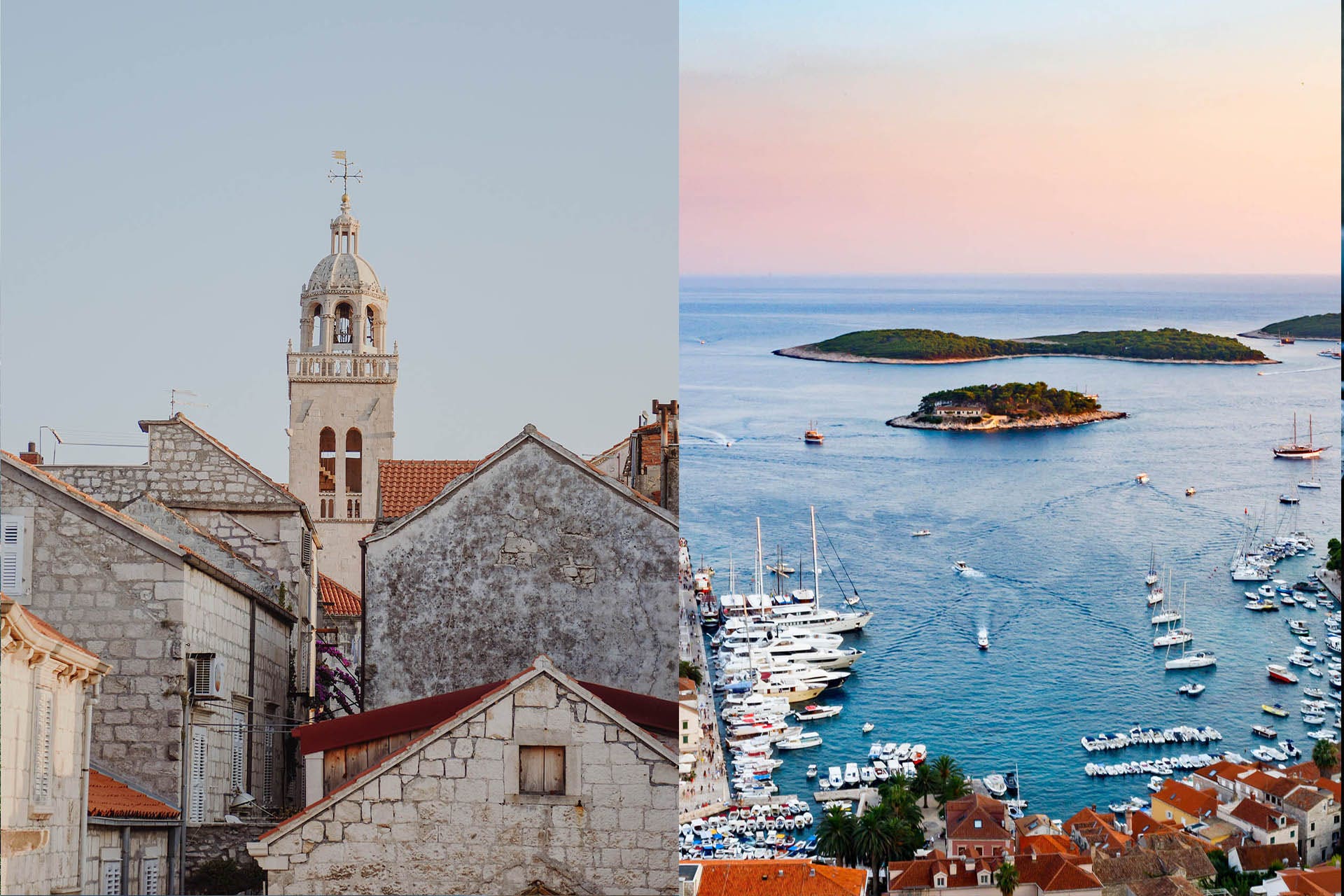 "Riding a donkey with grape baskets during harvest is one of my first recollections of my grandfather's small vineyard," says Mirena Bagur, cofounder of online retailer Croatian Premium Wine. In the last decade, U.S. travel to Croatia grew by leaps and bounds, especially in conjunction with HBO's blockbuster series Game of Thrones, parts of which were filmed in Dubrovnik. The country's tourism board says that accommodation capacity doubled since 2012. "Tourism is a key industry for Croatia, and its wine history spans millennia," says Bagur. "It was just a question of time when the two would combine." Plus, Croatian wines are increasingly available. According to the Croatian Bureau of Statistics, exports of the country's wine to the U.S. have grown from about 1.3 million bottles to approximately 1.7 million bottles from 2013–2020. "It is significant, however, that while the growth in quantity is at around 30%, the growth of value has increased to about 65%, which shows a significant emphasis on exporting premium Croatian wines to the U.S.," says Bagur. "This is not surprising, given that more U.S. citizens are traveling to Croatia and learning about the wines and then searching for them when they get home." Croatia has 130 indigenous grapes, mostly from Dalmatia and its islands. White grapes Malvazija Istriana or Malvazija Istarska and Pošip, and red grape Plavac Mali, have become regional flagships. Istria, which borders Italy, shares its food and aesthetic traditions. From the restaurants in Rovinj to the wineries in the hills, everyone has upped their "oeno-gastro offerings," says Bagur, as they've combined specialties like truffles with Malvazija Istriana. Kabola combines modern architecture in ancient hills, and family-owned Ritoša Winery in Poreč sits near the Eurphrasian Basilica, a UNESCO World Heritage site. North of Dalmatia lies Croatia's newest appellation, Komarna. On the limestone hills that face the sea, wineries like Terra Madre Winery farm organically. Rizman Winery has a small gourmet restaurant with sweeping views of the Adriatic. Dalmatia's famous walled city, Dubrovnik, is on the Pelješac Peninsula. Here, wineries make tannic, powerful reds from Plavac Mali, a relative of Zinfandel. Citrus-scented Pošip, an indigenous white grape, thrives on nearby islands Korčula and Hvar. Greece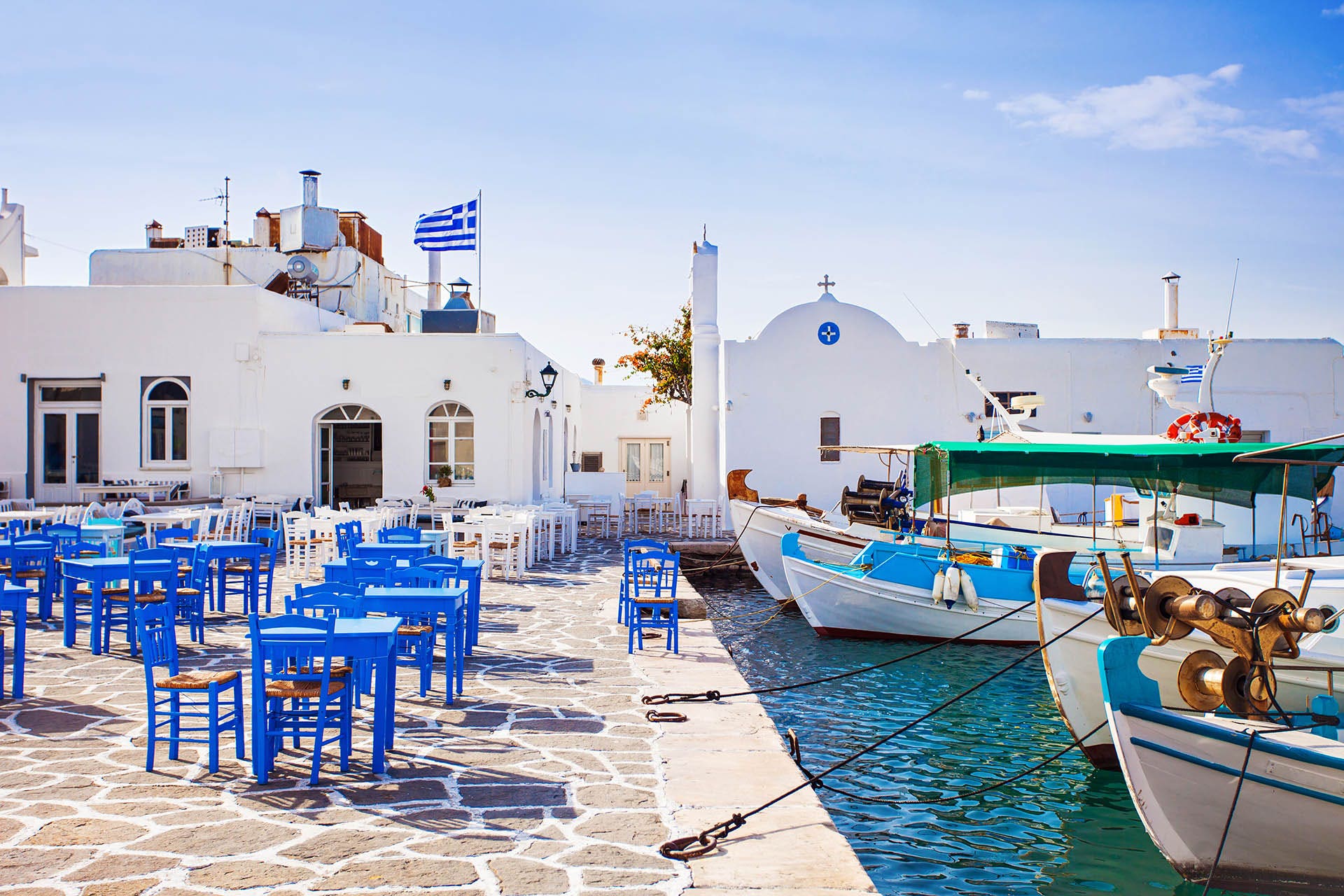 From remote mountain vineyards cultivated by monks to salt-tinged vines on sun-soaked islands, Greece is the total package. Sofia Perpera, oenologist and director of the marketing board for Wines of Greece, says Nemea and Thessaloniki should be on any wine lover's itinerary. Greece's largest red wine-producing region, Nemea is home to the Agiorgitiko grape, used to make fresh reds and rosés as well as complex, ageworthy wines. The historic seaport village of Nafplion provides a picturesque base from which to taste the popular aromatic white grape Moschofilero in the appellation and ancient city of Mantinia, 45 minutes away. For mythology buffs, Hercules slayed the Lion of Nemea near the Temple of Zeus, two hours west of Mantinia. Thessaloniki, a seaport in northern Greece, has ancient wine history that spans multiple cultures, says Perpera. Top wineries and the country's best wine museum are in the village of Epanomi, 45 minutes east of Thessaloniki. Winemaker Vangelis Gerovassiliou of Ktima Gerovassiliou is largely credited with reviving the white grape Malagousia, which spurred plantings across the country. The Gerovassiliou Wine Museum displays a collection of 1,500 wine openers, which Vangelis started collecting in the 1980s. Ninety minutes west of Thessaloniki, Naoussa prides itself on red grape Xinomavro. Attractions along the way include the tomb of King Phillip, father of Alexander the Great. It's considered one of the most exciting excavations in Greece. For another perspective on Xinomavro, head to up-and-coming region Amyndeo. Perpera recommends a stop in nearby Nympheo, a traditional village that embodies "simpler times," she says. Crete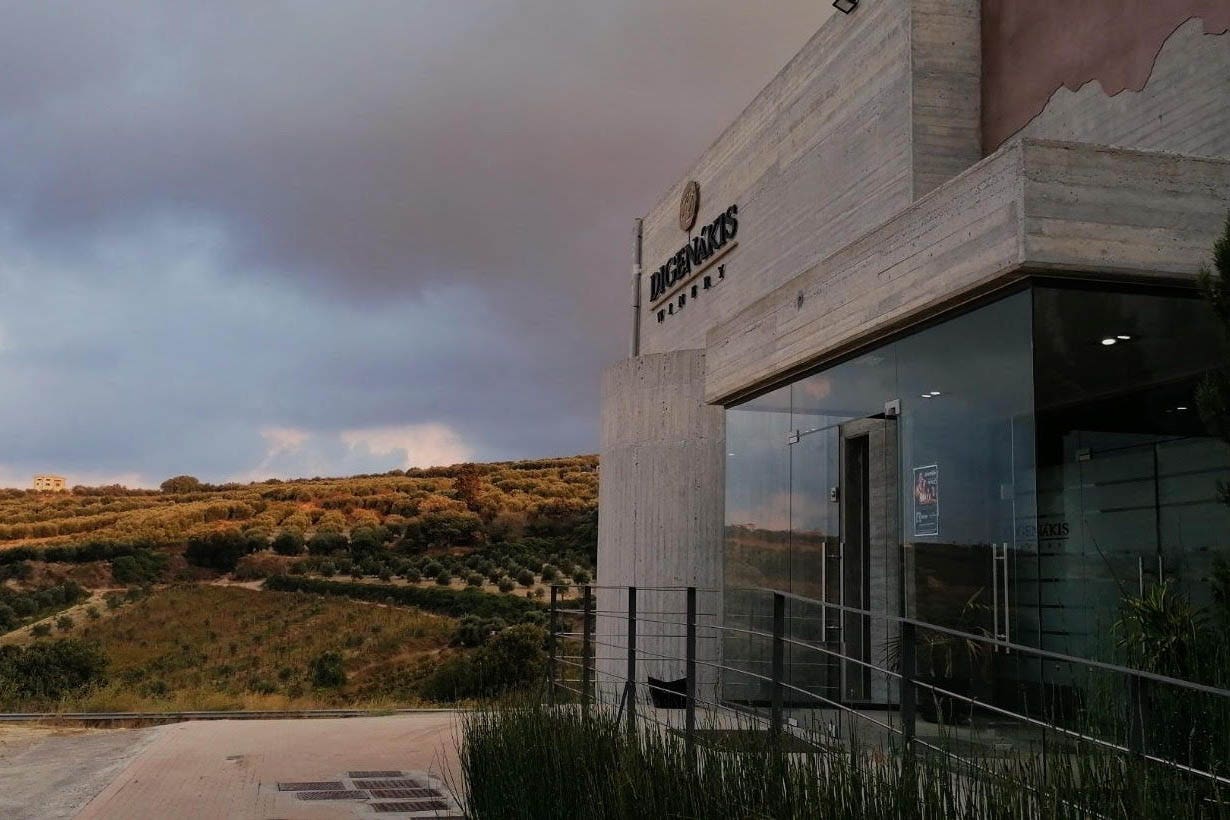 The food and wine scene, combined with Minoan ruins like Knossos, thought to be Europe’s oldest city and the island's largest Bronze Age archaeological site, make this a standalone destination. Anna Maria Kambourakis, who co-owns Chania Wine Tours with her husband, Vasili Kokologiannakis, loves Crete's juxtaposition between old and new. She cites the 3,000-year-old wine press in Kambourakis, which is right down the street from "new, state of the art wineries." The island's 11 indigenous varieties include Vidiano, a standout white wine grape native to Rethymno, and aromatic whites Muscat of Spina and Malvasia. Kambourakis likes red grape Liatiko for its elegance. Producers blend Kotsifali and Mandilari together for the Protected Designation of Origin (PDO) wines of Peza. Many producers also create natural and orange wines, which pay homage to the island's historical production methods. There's a cluster of wineries in the Peza and Archanes regions, outside of capital city Heraklio. Lyrarakis Winery has an outdoor vine museum with local grapes, and Digenakis Winery has a new, art-filled tasting room. Diamantakis and Paterianakis wineries have incredible views of the surrounding countryside, while a new museum at Titakis Winery shows the evolution of Cretan winemaking. Around Chania lies the solar-powered Dourakis Winery, built on the side of a mountain, and Manousakis Winery, which also has a terrace restaurant that serves traditional Cretan dishes. Georgia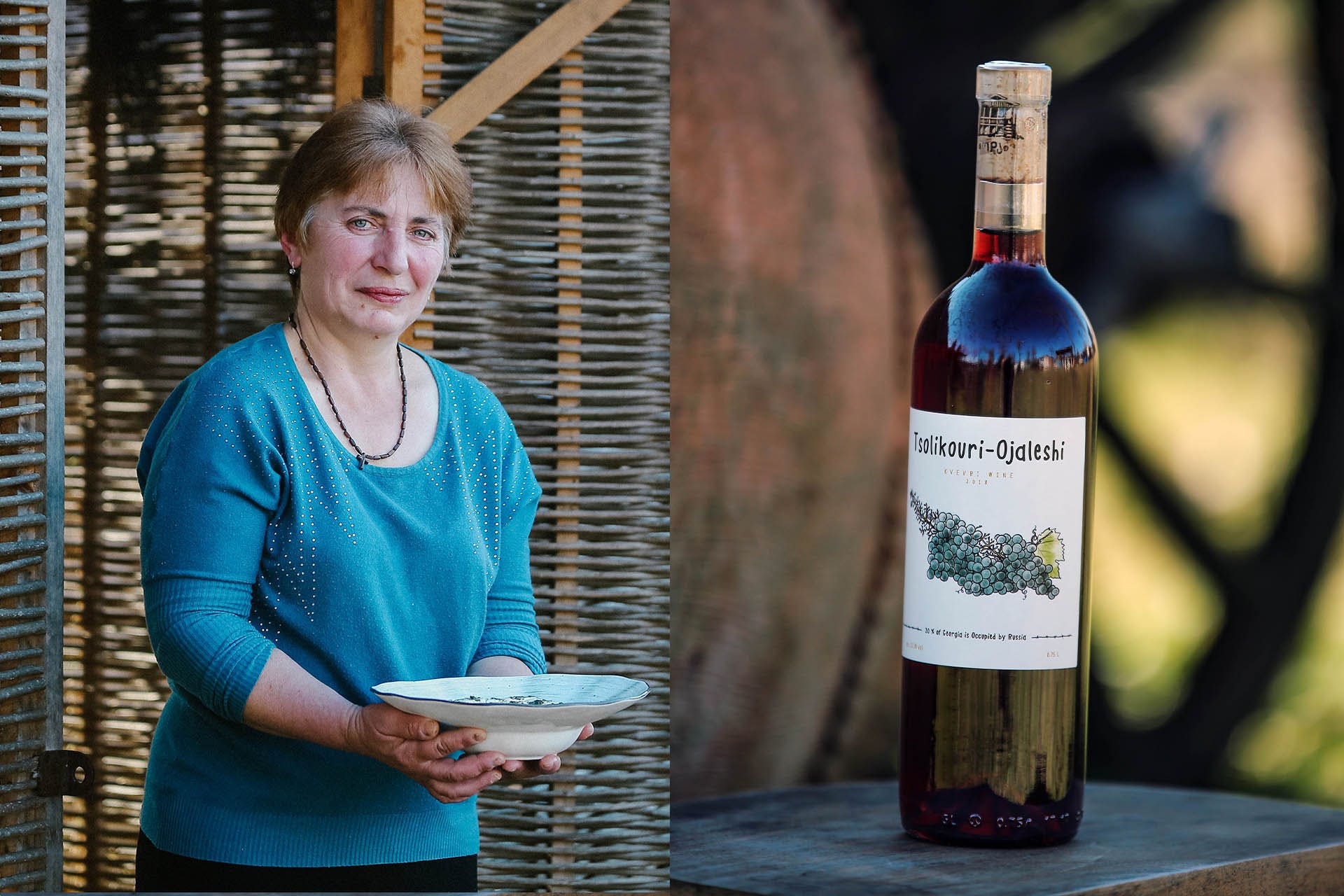 "For millennia, wine has been embedded in the Georgian lifestyle," says Natia Khidasheli, copartner and manager of travel companies Sun Georgia Travel and Taste Georgia, and a wine guide for nearly a decade. "Any house, guesthouse or even touristic site can be considered a wine tourism destination." In Georgia, she says, wine tourism isn't just about wine. It's about the entire hospitality experience, with lots of good food and drink set against a striking, mountainous backdrop. Georgia has more than 525 indigenous grape varieties. The most famous Kakhetian varieties are Saperavi, the country's richest and the most full-bodied red, and Rkatsiteli, a popular white grape. In central Georgia, Chinuri and Tavkveri prevail. In the west, there are fresh, bright whites made from Tsolikouri, Tsitska and Krakhuna grapes. Near the capital of Tbilisi lies Chardakhi, a village where Georgian wine industry icon Iago Bitarishvili treats visitors to a lunch of cheeses and dumplings. Overnight guests can experience the aristocratic lifestyle of 19th-century Georgia at Chateau Mukhrani. In addition to the country's best-known wine region, Kakheti, Khidasheli recommends a visit to the Imereti area of western Georgian, and specifically Baia Abuladze in the village Obcha. "Not only are her wines fresh with typical Imeretian zest, but the incredible food is cooked by mom," she says. Khidasheli also suggests Gaioz Sopromadze for great wine and "peak Imeretian cuisine" cooked by the winemaker's wife. In the Samegrelo area, Oda Family Winery serves natural wines. Armenia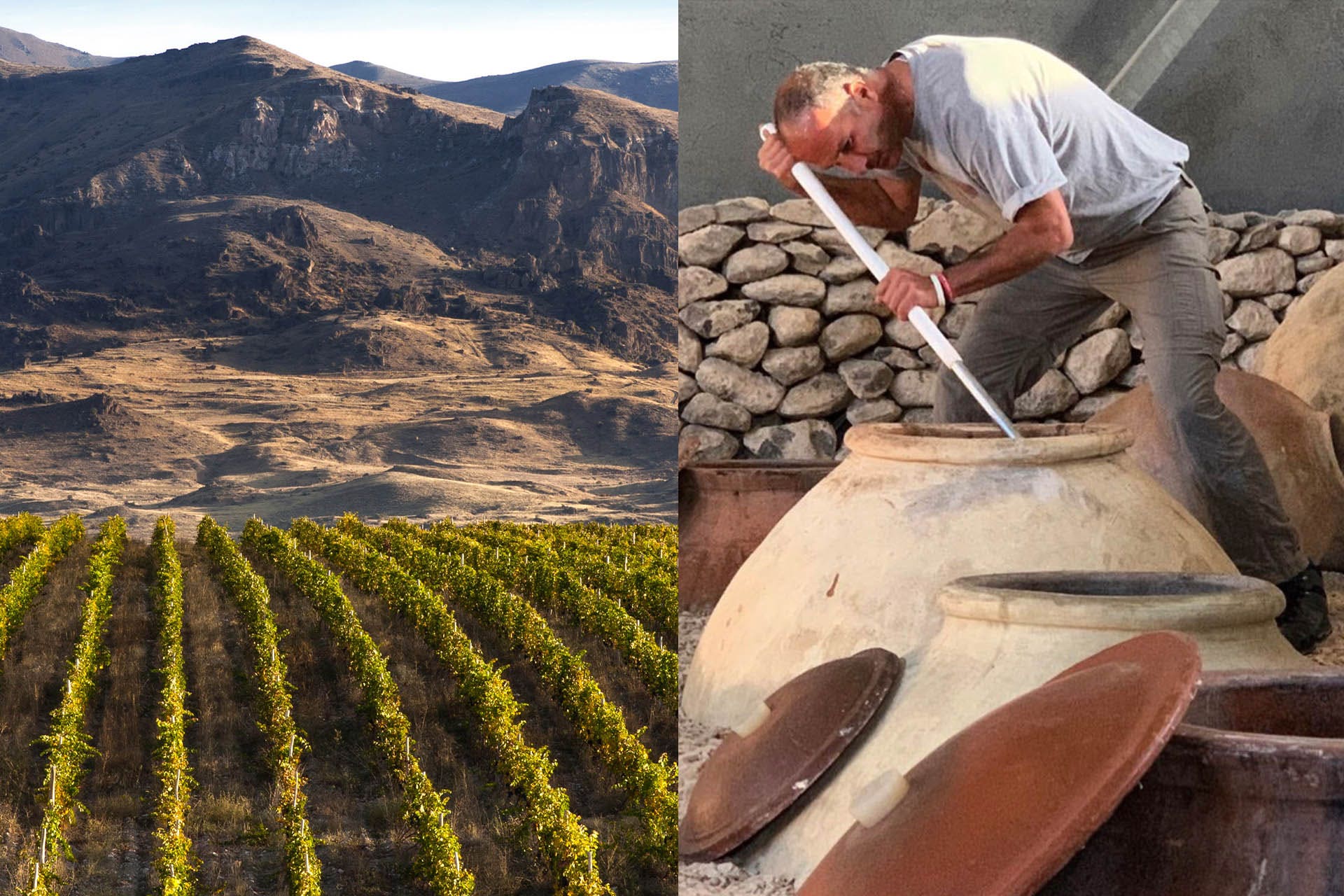 In the shadow of Mount Ararat, on a Biblical landscape, Armenia's ancient winemaking culture flourishes anew. It's said that the Great Flood swept Noah and his Ark into the Ararat Valley, where he settled with his family and planted the world's first vineyard. According to Ara Sarkissian of Storica Wines, a leading import, sales and marking company for Armenian bottlings in North America, wine has played a role in Armenian culture for thousands of years. The country's 400 indigenous grapes include the fruity, medium-bodied red Areni, and a citrus- and flower-scented white, Voskehat. While in Armenia, Sarkissian recommends asking winery or wine bar staff to taste small-lot experiments, a trend among winemakers. In the capital city Yerevan, In Vino, a wine bar that opened in 2012, inspired a row of restaurants along Saryan Street proud to serve domestic wines. Wineries have proliferated as well, as 25 facilities opened their doors across the country in 2018 alone. An hour outside the capital, Van Ardi serves biodynamic wines amid picturesque hills. Plus, Sarkissian says, pretty much everywhere you turn in Armenia, you encounter an open-air museum "spanning the Roman, Medieval and Soviet eras." For wine history, head to Vayots Dzor, Armenia's best-known wine region two hours from the capital and the site of the Areni-1 cave complex. It has the world's oldest winemaking facility, which dates to the 4th century B.C.E., with ancient fermentation vats, wine presses and storage jars. The area's most famous modern winery is Zorah, founded by Zorik Gharibian. He grew up in Italy and cultivated a successful career in fashion before returning to his homeland to prove its wine traditions could be beautifully revived. |
| ‘Sunshine in a Bottle’: 10 of Our Favorite Limoncellos Posted: 16 Jul 2021 04:32 AM PDT  Originally from Southern Italy, limoncello is a lemon-based liqueur that's like drinking sunshine in a bottle. Its zesty, fresh nature makes it one of the most refreshing sips around. Prized for its vibrant hue and citrusy flavor, like a grown-up version of lemonade, limoncello has a long but hazy history. One origin story credits Italian monks, noted for applying herbalism to create medicinal alcoholic elixirs. The Italian association of wine and liqueur producers (Federvini) points to Maria Antonia Farace, who had a lavish garden of lemons and oranges on the island of Capri in the early 1900s. And a third, far less likely theory says Southern Italian fishermen sipped the lemon liqueur to keep warm after their seafaring expeditions. While Italy deserves credit for creating limoncello, it's worth noting that today citrus grows in a wide range of sunny locales, where they are made into worthy lemon liqueurs. Here in the U.S., some are looking to reinvent the old school category. For example, newcomer Chelly bills its snappy version as "new age limoncello," while Indianapolis producer Hotel Tango makes a "new world limoncello" with Lemon Drop cocktails in mind. Elsewhere, New Zealand's Sovrano introduces an herbaceous liqueur made with Yen-Ben lemons, a tart commercial variety that grows well Down Under. Also of note are orangecellos, including a successful honey-sweetened arancello from Seattle producer Letterpress that suggests an orange glaze drizzled atop spice cake. With all this citrusy bounty, it's not hard to imagine that varieties like a rosy pink grapefruit-cello, a Japanese-inspired yuzu-cello or a West Coast-sourced Meyer lemon-based option might become future pours some day. Until then, we'll look to Southern Italy and beyond for classically styled limoncellos fit to sip or mix. Letterpress Limoncello; $36, 95 points. Richer than a typical limoncello, this golden liqueur offers roasted pineapple and toasted banana bread aromas. An intriguing butterscotch note opens the palate, rounding into a long, honeyed finish enlivened with nutmeg, cayenne and lemon pepper. Mix with rum or stir into cake batter. This is a honey-sweetened homage to the distiller's grandmother's village in the mountains outside of Rome. Fabrizia Limoncello Cream Liqueur; $20, 93 points. A refreshing palate cleanser of a cream liqueur, look for a light yellow hue and mild lemon curd aroma. Plush and palate coating, moderately sweet lemon sorbet and lemon cream notes lead into a light finish braced up with ginger. Best Buy. Chelly Limon Liqueur; $20, 92 points. At 80 proof, this is a bit stronger than most limoncellos. The pale straw hue and pleasing candied lemon peel aroma leads into a clean, snappy palate showing lemon peel and white pepper, finishing surprisingly long. Sip with a cube of ice or lengthen with sparkling water. Best Buy. Jovis Limoncello; $34, 92 points. Cloudy, sunny yellow appearance and bright lemon peel aroma. The palate opens sweet and finishes brisk and mouthwatering. In between, candied lemon peel and lemon lollipop flavors mingle with white pepper and ginger heat. Made with Sorrento lemon peels, no preservatives or colorants. Hotel Tango Lemoncello; $30, 91 points. Expect a cloudy, pale yellow appearance and mild lemon aroma with a savory tinge. Overall, this drinks like vodka mixed with lemonade: it's light on the palate, mild and not overly lemony, with the faintest tinge of sweetness and finishing with an appropriate amount of citric pucker. Mix into Lemon Drops, as the producer suggests. Lucano Anniversario Limoncello; $23, 90 points. A concentrated buttercup yellow and mild candied lemon peel aroma leads into a lemon lollipop palate. That flavor and sweetness follows through from start to finish, plus a bit of white pepper tingle into the exit. Made with Sorrento lemon peels. Il Tramonto Limoncello; $20, 89 points. This is a distinctly herbaceous take on limoncello. Mild lemon verbena aromas lead into a light-bodied palate laced with lime peel, pine and tarragon. Best Buy. Limoncino Bottega; $23, 89 points. This limoncello is vibrant yellow with a faint greenish glow and herbaceous aromas of lemongrass and tarragon. The honeyed palate is similarly herbaceous, with a pronounced fennel note that leads into a sticky licorice twang. Pallini Limoncello; $25, 89 points. Cloudy pale yellow, with a mild lemon lollipop aroma, this viscous liqueur is on the sweeter side, reading as lemon candy layered with a piny hint. Each sip finishes with ginger and white pepper sparks. Sovrano Limoncello; $13/375ml, 89 points. Look for a pale yellow, slightly cloudy appearance and astringent lemon peel aromas. The light palate opens with perky pine, tarragon and sage, leading into a mild lemony finish. Made in New Zealand using Yen-Ben lemons. |
| Without Restaurants, I Created My Own Pairing Rules Posted: 16 Jul 2021 04:00 AM PDT  I have to apologize to many of the sommeliers who have enhanced my meals over the years: I wasn't my truest, most authentic self with you. I'm sure you don't care—in an ideal scenario, you stop thinking about me the second you walk away from my table. But so many of you have told me that you want guests to be honest and open. It's only now that we're apart I realize I haven't always been. I've always so enjoyed our ritual. I tell you what wines I like, we discuss the dishes I'm eating. You don't just recommend a glass or bottle—you usually teach me something. Maybe you expose me to a region or style I haven't experienced, or you clue me in to the benefit of some winemaking technique. I love this interaction so much that I slip into my role, reflexively fawning over the beauty of your selections. Now, I can see that it's been bit of a distraction from just enjoying. The past year and a half has been hard on all you somms. You've agitated for to-go wine service in many states; some of you have had to sell off parts of your cellars; and all of you have had to figure out how to find the best wine for each dish and each diner without interaction. At the same time, in the privacy of my home, with only my dog and wine-averse husband by my table, I've learned to be adventurous with my pairings in a new way. I don't think any decent somm would ever judge me for pairing, say, a crisp glass of Viognier with a lazy dinner of tinned fish, olives and crackers, but I think a good one might point me toward something less aromatic and more mineral-driven. I think they'd be right, save for the pleasure of finding something that works unexpectedly and lets me feel like a bit of a rebel. Similarly, when I've ordered a bottle of wine with takeout from a nice restaurant, I haven't felt any pressure to pick the perfect wine for my order. I just pick a bottle I want to try. If it doesn't work, it can serve as inspiration for the following night's dinner. In a pinch, there's always beer in my fridge. The last bit of freedom I've noticed is that I've just been drinking slower, spending more time nosing and analyzing. And then taking a bite of food, and doing it again. I never have to worry about camping out, because no one's waiting to turn over my dining room table. It's been an enlightening way to drink. Whenever you somms are ready to have me back, I'll share this newfound free spirit with you. |
| 50 Wine Restaurants We Love 2021 Posted: 15 Jul 2021 03:30 AM PDT  The last year and a half presented the restaurant world with its most urgent challenge and brought to a head many long-simmering issues. A microcosm of American society, the hospitality industry directly employs about 10% of the U.S. workforce, which doesn't include most of the supply chain, from farm workers to laundry providers. Since 2011, Wine Enthusiast has made an annual list of our Top 100 Wine Restaurants. The exception was last year, when the task felt impossible, and it seemed insensitive to try. This year, as people get vaccinated and the world feels like it's opening back up, we wanted to celebrate restaurants that not only survived, but did so with integrity. These 50 restaurants were selected because the people behind them have found creative ways to bring great wine and food to customers, and they've gone above and beyond to support their staffs and communities. While we don't know what the future of restaurants looks like, we're raising a glass to these people who are making hospitality hospitable, leading with compassion and ingenuity. We hope that readers and diners have a renewed sense of appreciation for the people who make restaurant experiences special. |
| You are subscribed to email updates from Wine Enthusiast. To stop receiving these emails, you may unsubscribe now. | Email delivery powered by Google |
| Google, 1600 Amphitheatre Parkway, Mountain View, CA 94043, United States | |


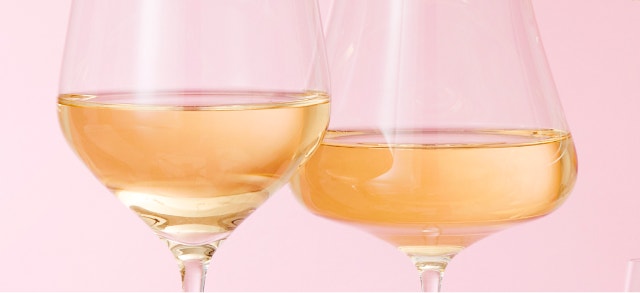
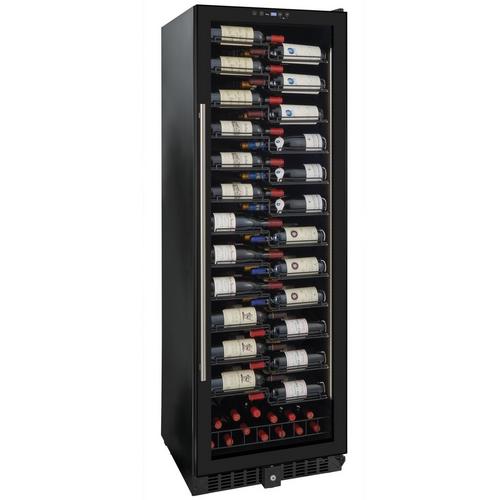
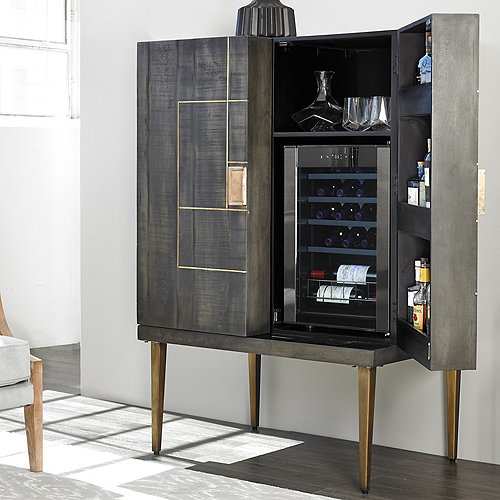














0 comments:
Post a Comment